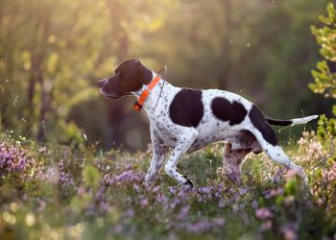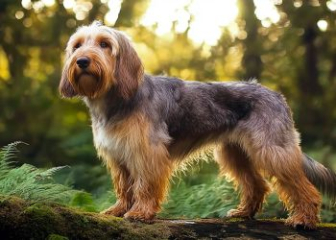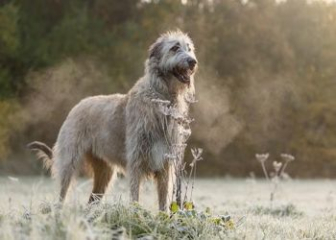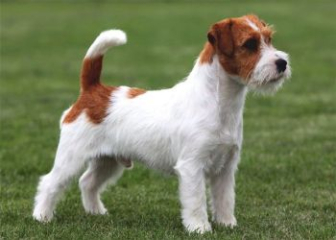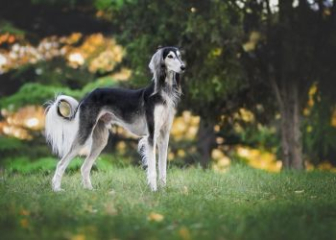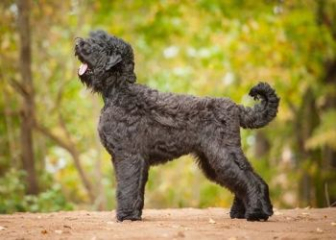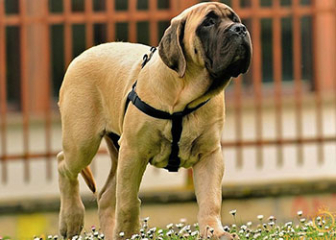Poodle – the second most intelligent duck-hunting dog in the world
Blog | by
The Poodle, also known as the duck-herding dog, originates from Germany. It is a companion dog breed famous for its adorable curly coat and exceptional intelligence.
The Poodle originated from duck-herding dogs in Germany before being introduced to France. They have an incredibly adorable appearance with tight curly fur and are ranked as the second most intelligent dog breed in the world, making them a favorite among dog lovers. Let’s dog breed dive into the details of the Poodle in the article below!
Where does the Poodle originate from?
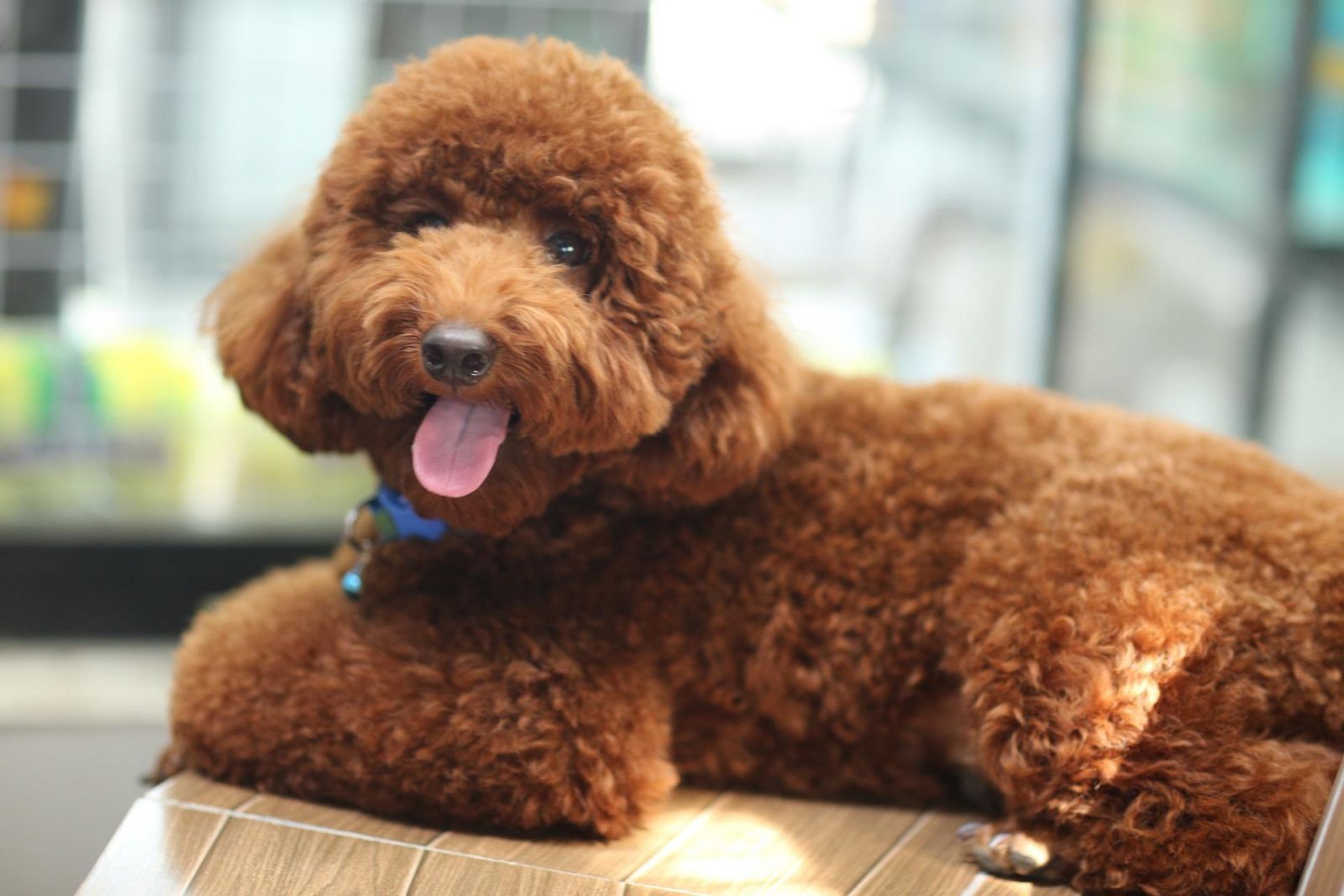
The Poodle is a duck-herding dog that originated in Germany.
The Poodle originated from duck-herding dogs in Germany during the 15th-16th centuries. The name "Poodle" comes from the German word "Pudel," meaning "puddle," which reflects their excellent swimming abilities.
By the 17th-18th centuries, this breed had arrived in France and quickly became a favorite among the nobility due to its fluffy, adorable appearance. After several generations of selective breeding, the Poodle evolved into a famous royal companion dog. The French even called it "Caniche," meaning "duck dog," to highlight its exceptional waterfowl hunting skills.
In 1887, the American Kennel Club (AKC) officially recognized the Poodle as a purebred dog. Since then, it has become one of the most popular companion breeds worldwide, admired for its intelligence and beauty.
Poodle Classification
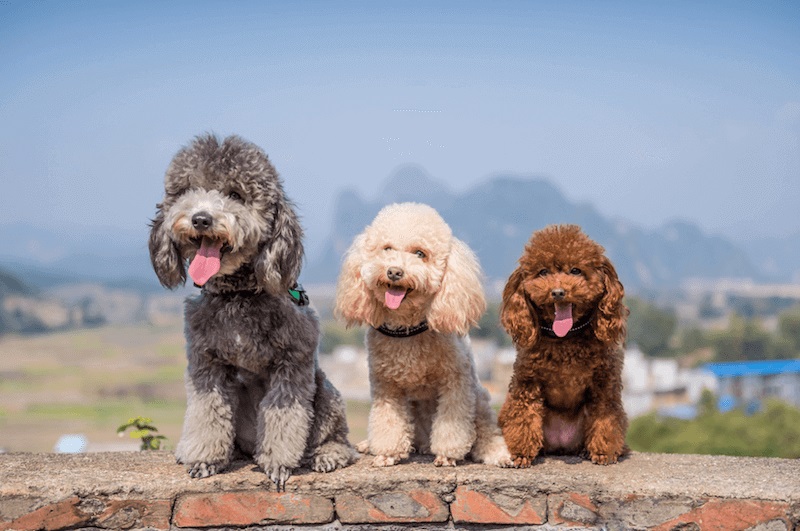
Poodles are divided into four different types based on their size.
Based on the size of Poodles, the Fédération Cynologique Internationale (FCI) and the American Kennel Club (AKC) have categorized them into four main types: Standard Poodle, Miniature Poodle, Toy Poodle, and Teacup Poodle. Let’s explore each type in detail.
Standard Poodle (Large Poodle)
The Standard Poodle is the largest type and represents the original size of the breed when it first appeared in Germany.
- Height (shoulder height): 45 - 60 cm
- Weight: 20 - 32 kg
- Average lifespan: 12 - 15 years
- Special traits: Originally bred for duck hunting due to their excellent swimming ability and water-resistant coat.
Miniature Poodle (Medium Poodle)
The Miniature Poodle emerged after the Standard Poodle and was often used to hunt rare truffles.
- Height (shoulder height): 28 - 38 cm
- Weight: 6 - 8 kg
- Average lifespan: 14 - 17 years
- Special traits: Smaller, agile, and playful, making them great companion dogs.
Toy Poodle (Small Poodle)
The Toy Poodle is a royal companion dog that was bred from the Miniature Poodle.
- Height (shoulder height): 24 - 28 cm
- Weight: 2 - 4 kg
- Average lifespan: 14 - 17 years
- Special traits: Friendly, affectionate, and loves attention and pampering.
Teacup Poodle (Ultra-Small Poodle)
The Teacup Poodle is an extremely small companion dog, but it is not officially recognized due to its fragile health.
- Height (shoulder height): Under 22 cm
- Weight: Less than 2 kg
- Average lifespan: 8 - 12 years
- Special traits: Prone to heart and bone diseases, requiring special care.
Poodle Mixes
Nowadays, Poodles are crossbred with various other dog breeds to create unique hybrid breeds, such as:
- Maltipoo: Poodle + Maltese → A small, fluffy dog with a long, soft coat.
- Goldendoodle: Poodle + Golden Retriever → A friendly, intelligent, and hypoallergenic breed.
- Cockapoo: Poodle + Cocker Spaniel → A playful and affectionate companion.
- Cavapoo: Poodle + Cavalier King Charles Spaniel → A loving and social breed with a soft, curly coat.
Physical Characteristics of Poodles
Although There Are Four Types of Poodles, Their Main Differences Lie in Size and Weight
Despite the four different types of Poodles, they primarily differ in size and weight. Their appearance remains the same, characterized by their signature curly coat and bright, expressive eyes. Here are the specific features of Poodles:
Head and Face
- Head: Small and well-proportioned.
- Eyes: Round, sparkling, and intelligent.
- Nose: Wide nostrils, brown or black in color.
- Muzzle: Long and narrow.
- Ears: Long, hanging down on both sides of the face, with long ear hair.
Body Structure
- Body: Well-balanced, with a straight back and straight legs.
- Tail: Long and carried gracefully.
- Gait: Elegant and smooth.
Coat and Colors
- Coat: Typically tight curls (most common) or wavy, thick, and low-shedding. If not trimmed, their hair grows long like human hair.
- Coat Colors: Brown, black, white, apricot, gray, red.
Personality Traits of Poodles
Poodles are not only intelligent but also friendly and affectionate. Let’s explore their personality traits in detail:
Highly Intelligent
Poodles rank second among the world's smartest dog breeds. They learn commands quickly, can understand up to 200 words, and excel at fetching objects, solving puzzles, and arranging items.
Sensitive and Intuitive
Due to their intelligence, Poodles can sense human emotions. When their owner is sad, they may approach to offer comfort. Some Poodles even have the ability to sense danger and alert their owners in advance.
Friendly and Sociable
Poodles love playing with children and are rarely aggressive or angry. They also get along well with other pets, including cats.
Extremely Loyal
Poodles are deeply devoted to their owners. They love cuddling, being petted, and even sleeping next to their human companions. In some cases, they may develop separation anxiety if left alone for long periods.
Frequent Barking but Trainable
Poodles tend to bark at strangers or sometimes bark to grab their owner's attention. Proper training is necessary to prevent excessive barking.
Sensitive and Prone to Stress
Poodles are highly sensitive to human voices. If scolded, they can become stressed and saddened, so positive reinforcement is recommended when training them.
Detailed Poodle Care Guide
Poodles Require Special Care
Poodles are relatively easy to raise, but proper care is essential, especially regarding nutrition and hygiene, to keep your dog healthy.
Nutrition Plan for Poodles
Poodles have a sensitive digestive system, so they require a well-balanced and suitable diet. If you’re unsure about what Poodles should eat, refer to the guidelines below.
Recommended Foods for Poodles:
- Protein sources: Beef, chicken, pork, organ meats like liver and heart for a high protein intake.
- Vegetables: Pumpkin, carrots, broccoli, cabbage for fiber and vitamins.
- Carbohydrates: Sweet potatoes, oats, rice, bread.
- Healthy fats: Fish oil, olive oil.
- Other: Boiled eggs, yogurt, cheese.
Foods to Avoid for Poodles:
- Oily, spicy, and hot foods.
- Cow’s milk.
- Small bones that can be a choking hazard.
Diet Plan for Poodles by Age
At each stage of a Poodle’s development, you need to provide a suitable number of meals and the right portion sizes to avoid overfeeding or nutrient deficiencies. Refer to the table below for guidance.
| Age Group | Feeding Plan |
| 2 - 6 months | 4 - 5 small meals per day, soft and easy-to-digest food. |
| 6 - 12 months | 3 meals per day, can start eating dry kibble. |
| 1 year and older | 2 meals per day, can eat dry food alone or mixed with fresh food. |
Ideal Living Environment for Poodles
Poodles do not have high requirements for living space. They can live comfortably in small apartments or larger homes but still need space to run and play.
Grooming Poodle’s Coat
Poodles have a thick, curly coat that easily tangles, so proper grooming is essential:
- Brush their fur 3 - 4 times per week to prevent matting.
- Bathe them 2 - 3 times a month using dog-specific shampoo.
- Dry their fur immediately after bathing to avoid skin issues.
- Trim their coat regularly to maintain a neat appearance.
Cleaning Eyes, Ears, Nose, and Teeth
Poodles are prone to ear infections, eye issues, and dental diseases, so regular care is necessary:
- Wipe their face daily after waking up to remove eye discharge.
- Clean their ears regularly to prevent infections.
- Brush their teeth 3 times a week or provide chew toys to maintain oral hygiene.
Training Your Poodle
Poodles are intelligent and active, so daily training is beneficial:
- Walk them for 30 - 60 minutes daily.
- Engage in active games like fetch or frisbee.
- Teach basic commands like sit, stay, and lie down for better obedience.
Vaccination and Health Checkups
To keep your Poodle healthy and prevent illnesses, ensure they receive proper vaccinations and checkups:
- Essential vaccinations: Rabies, distemper (care), parvovirus (parvo), leptospirosis, etc.
- Regular deworming.
- Health checkups every six months.
Common Diseases in Poodles and Prevention

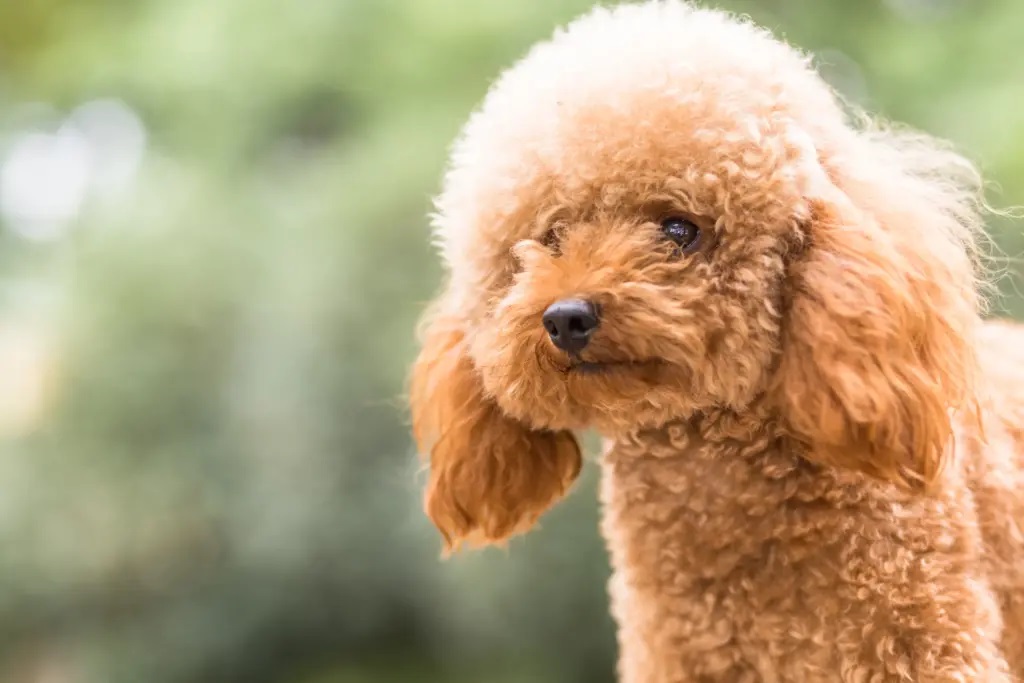
Poodles have thick fur, making them prone to skin diseases.
Like many other companion dog breeds, Poodles are susceptible to skin, digestive, and joint-related diseases. To keep your dog healthy, familiarize yourself with the conditions listed below.
| Disease | Causes | Symptoms | Prevention & Treatment |
| Allergic Dermatitis (Very Common) | Caused by mites, fleas, or excessive bathing. Not drying fur properly after a bath. | Frequent scratching, red rashes, hair loss, blisters, and skin inflammation. | Brush fur regularly to remove dirt. Apply flea and mite treatment periodically. Dry fur thoroughly after bathing. |
| Ear Infections | Due to long, floppy, and hairy ears, bacteria can easily grow. Lack of regular ear cleaning. | Foul-smelling ears, frequent scratching, and head shaking. | Clean ears 1–2 times a week. Dry ears after bathing. |
| Joint Issues | Common in Toy and Teacup Poodles due to their small bone structure, which cannot handle excessive pressure. Calcium deficiency. | Limping, swelling, and leg pain. | Prevent jumping from heights. Provide regular calcium supplements. Visit a vet if symptoms worsen. |
Poodle Pricing & Buying Considerations
Each type of Poodle has a different price range. If you’re considering owning one, check out the price list below:
| Poodle Type | Price |
| Standard Poodle (Giant Poodle) | From 20 million VND and up (not common in Vietnam). |
| Miniature Poodle | From 15 million VND and up, depending on color and age. |
| Toy Poodle | Ranges from 5–9 million VND, depending on fur color and gender. |
| Teacup Poodle | From 9–20 million VND, depending on fur color and gender. |
How Fur Color Affects Poodle Prices:
-
Gray Poodles: The most expensive, ranging from 10–20 million VND.
-
Milk Cow (Parti-colored) Poodles: The second most expensive, priced from 7–13 million VND.
-
Red-brown, white, black, and cream Poodles: The lowest prices, ranging from 5–10 million VND.
Frequently Asked Questions About Poodles
Is there a Poodle for 500k or 1 million VND?
Currently, Poodles are quite expensive, and you won’t find one priced between 500k–1 million VND. Be cautious of scams.
How much does a Miniature Poodle cost?
As mentioned above, Miniature and Teacup Poodles are quite pricey, ranging from 9–20 million VND. While they are tiny and adorable, they are also prone to illness, so consider this before buying.
Where can I buy a purebred Poodle from a reputable source?
There are many reputable breeders and pet stores selling purebred Poodles. You can research online to find the most convenient location for you to visit in person.
Collection of the Cutest Poodle Photos
Here are some adorable Poodle images we’ve gathered for you!
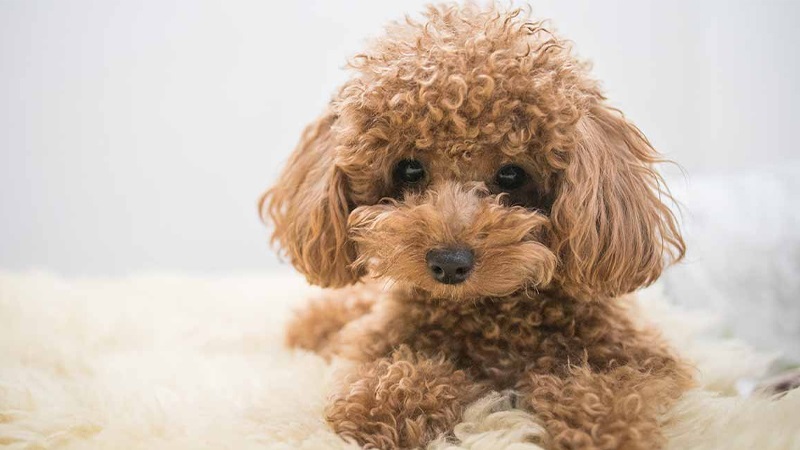
A brown Poodle with its signature curly fur.
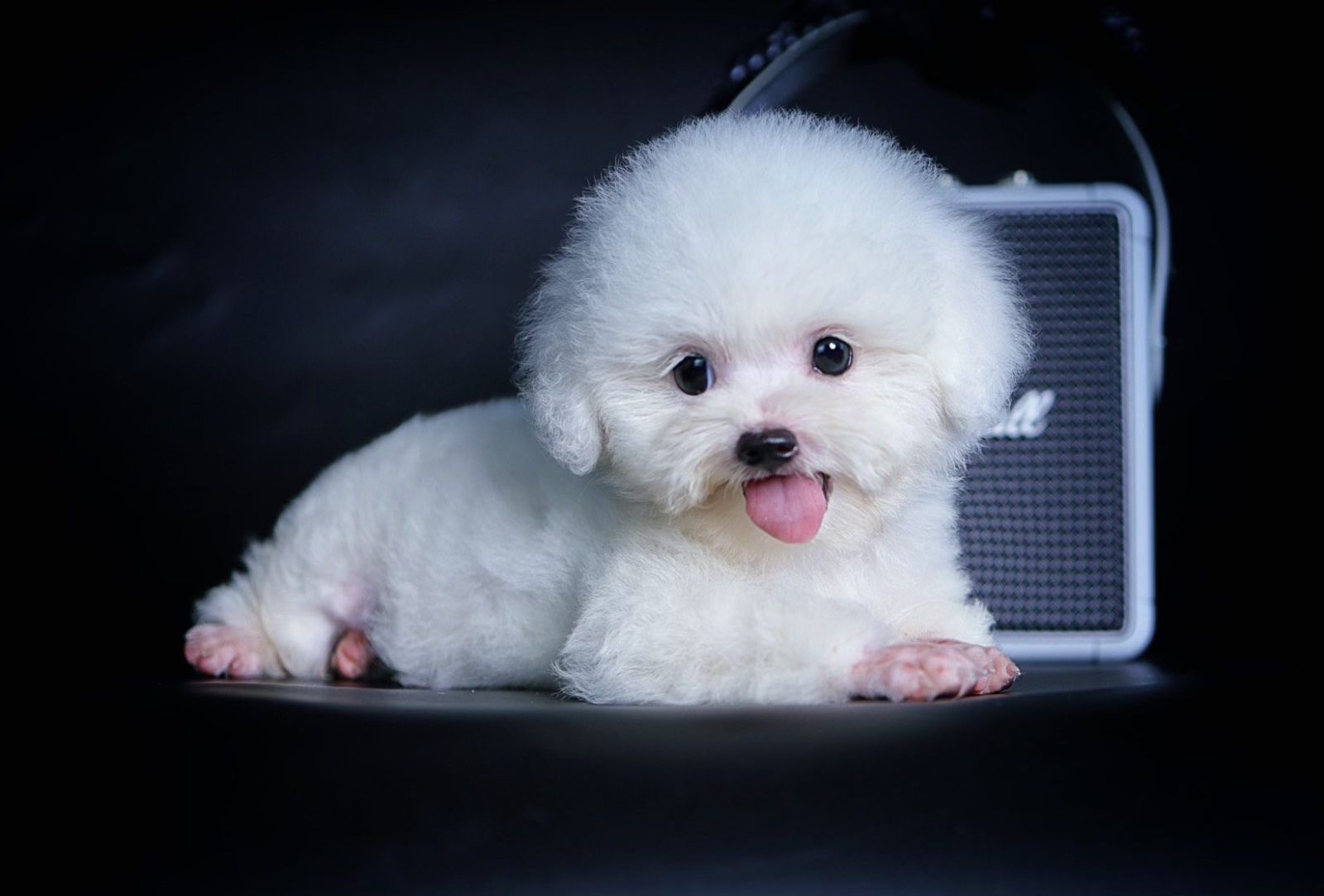
A fluffy white Poodle, as soft as a cotton ball.
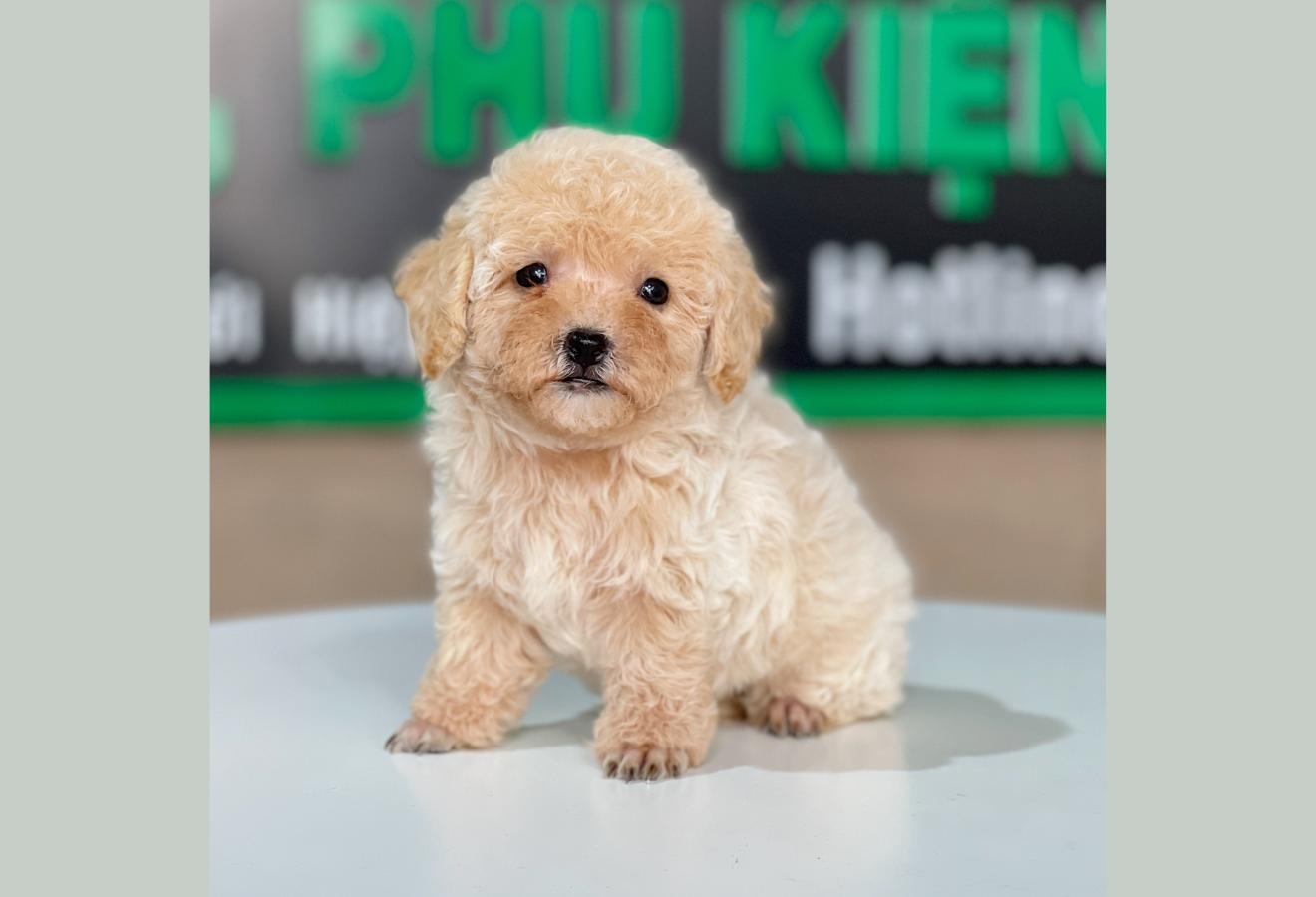
A tiny Toy Poodle, small enough to fit in your hand.
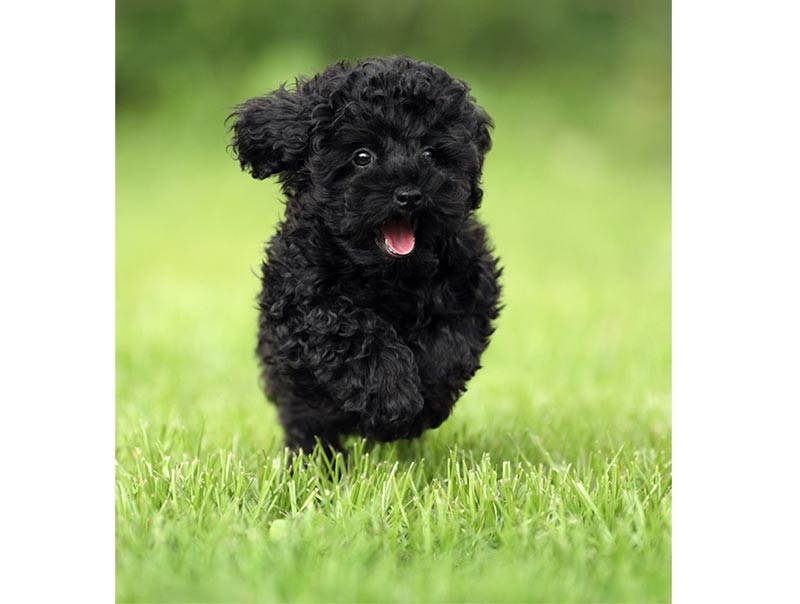
A short-legged Poodle with a cute, chubby look.
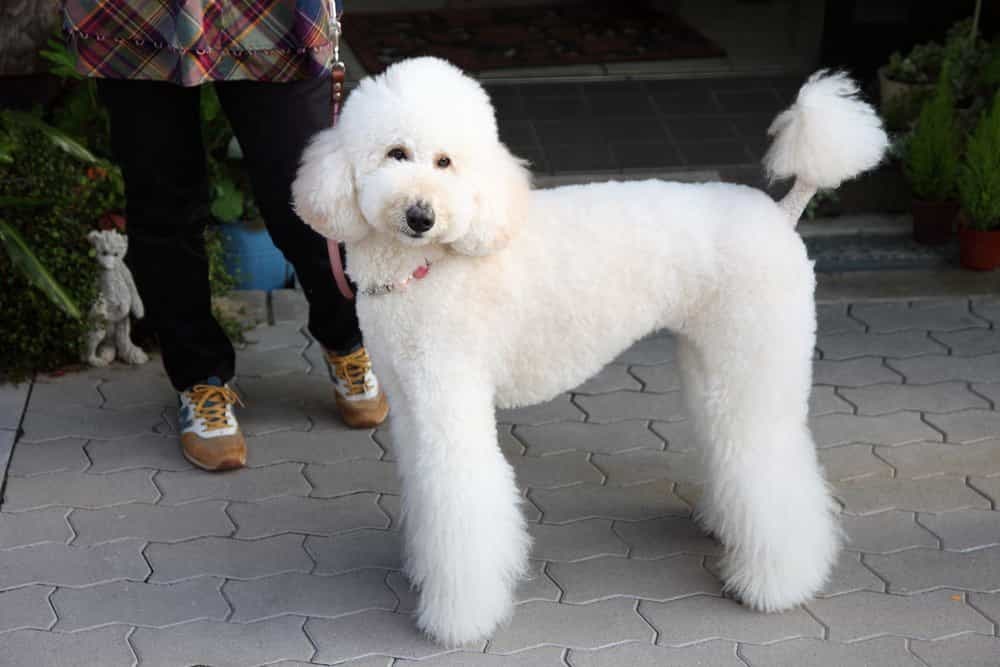
A large Poodle with long, elegant legs.
With this guide, dogbreed.wiki has provided you with everything you need to know about Poodles—an intelligent and lovable dog breed with a beautifully curly coat.
If you're interested in learning about other dog breeds, visit our Blog section for more!
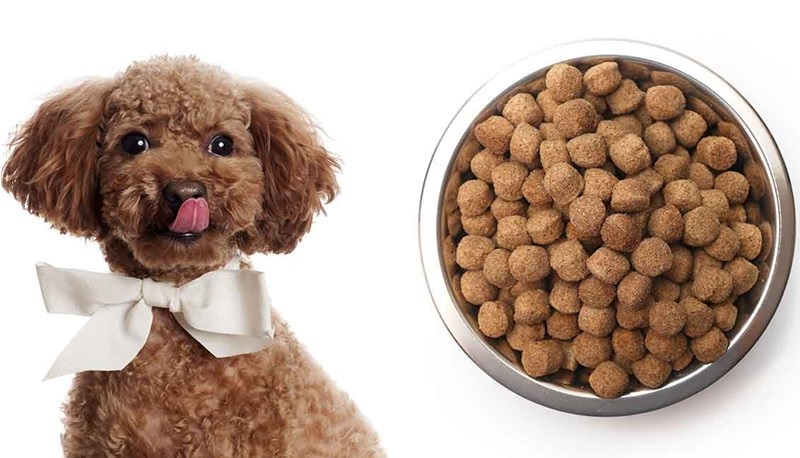
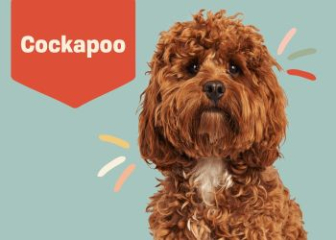
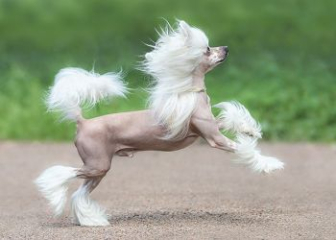
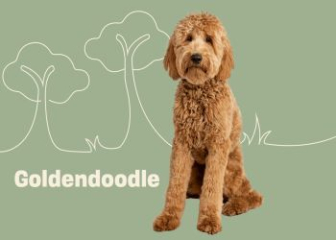
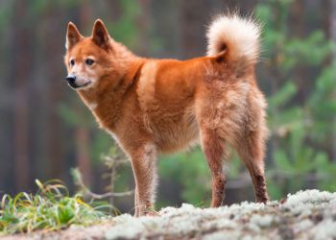
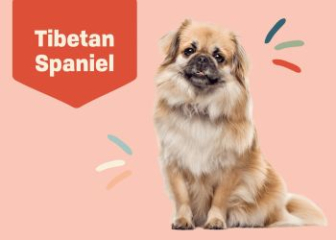
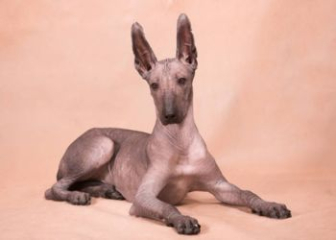
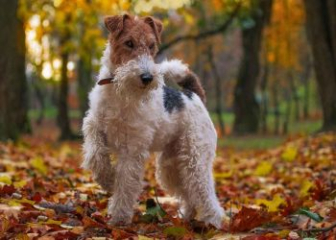

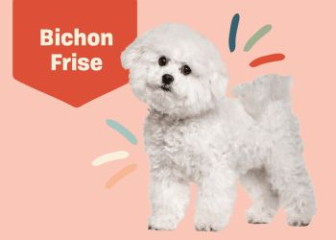
_350x250.jpg)

